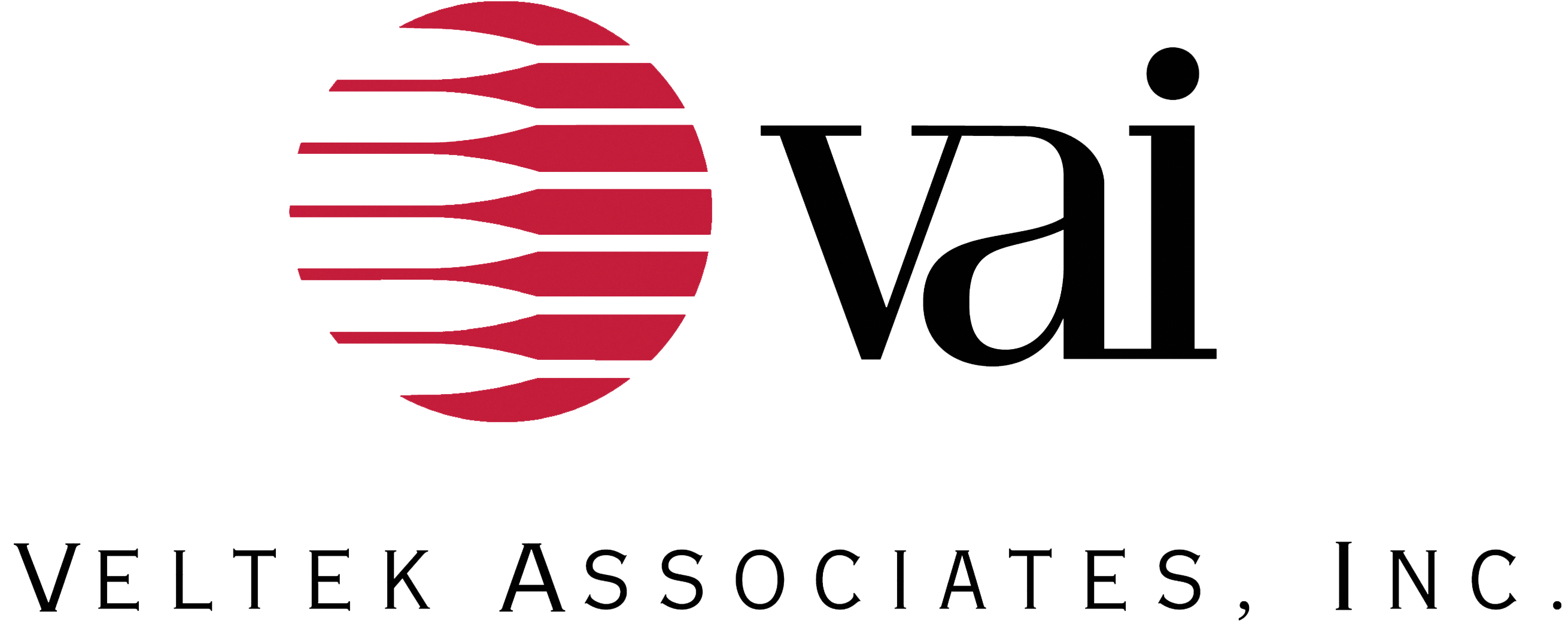Transferring Energy to Hot Melt Extrusions
Webinar Date/Time: Friday, April 5, 2024 at 11amEDT | 10am CDT | 8am PDT
Friday, April 5, 2024 at 11amEDT | 10am CDT | 8am PDT
Quality by design (QbD), and process analytical technology (PAT) are essential tools in hot melt extrusion (HME) processes, to enhance product and process understanding. Gain a greater understanding of HME about OSD manufacturing, and how advances in continuous processes are shaping the sector.

Register Free: https://www.pharmtech.com/pt_w/hot-melt-extrusions
Event Overview:
In this exclusive Drug Digest video interview, Chris Spivey, Editorial Director, Pharmaceutical Technology, talks with industry experts about various aspects of drug formulation, through the lens of hot melt extrusion (HME) technology. HME is typically co-located with downstream processing and solid dose form manufacturing. Regulatory bodies continue to encourage quality management maturity (QMM), quality by design (QbD), and process analytical technology (PAT), - essential tools in the HME processes, to enhance product and process understanding. As a continuous process, HME is aptly suited to this framework. PAT tools including Raman and near-infrared (NIR) spectroscopy play an important role in real-time quality evaluation, and understanding of the extrusion process, in the production pharmaceutical dosage forms. Solid dispersion intermediate (SDI) appears to be the result of gel formation and osmogens. Counteracting SDI involves some tradeoffs including pore formation and (potentially) the types of pores formed. We will ask what role HME might play in leverahging this aspect of solid dose form manufacturing.
This episode of Drug Digest is sponsored by:
- Veltek
- Adare
- Aprecia
Key Learning Objectives:
- How HME enhances solubility/bioavailability for poorly soluble drugs
- Why continuous processing allows for good process control & scalability
- Role of solvents, solvent behavior and amorphous solid dispersions
- HME potential incorporation in controlled release delivery formulations
- Ability to incorporate taste masking
Who Should Attend:
- Medicinal chemists
- CDMOs
- Formulation scientists
- Manufacturers
- Excipient and API manufacturers
- Purchasers and supply chain
- QA/QC personnel
- R&D personnel
- Development scientists
Speakers:
Industry Experts in Hot Melt Extrusion
Register Free: https://www.pharmtech.com/pt_w/hot-melt-extrusions
Drug Solutions Podcast: A Closer Look at mRNA in Oncology and Vaccines
April 30th 2024In this episode fo the Drug Solutions Podcast, etherna’s vice-president of Technology and Innovation, Stefaan De Koker, discusses the merits and challenges of using mRNA as the foundation for therapeutics in oncology as well as for vaccines.



